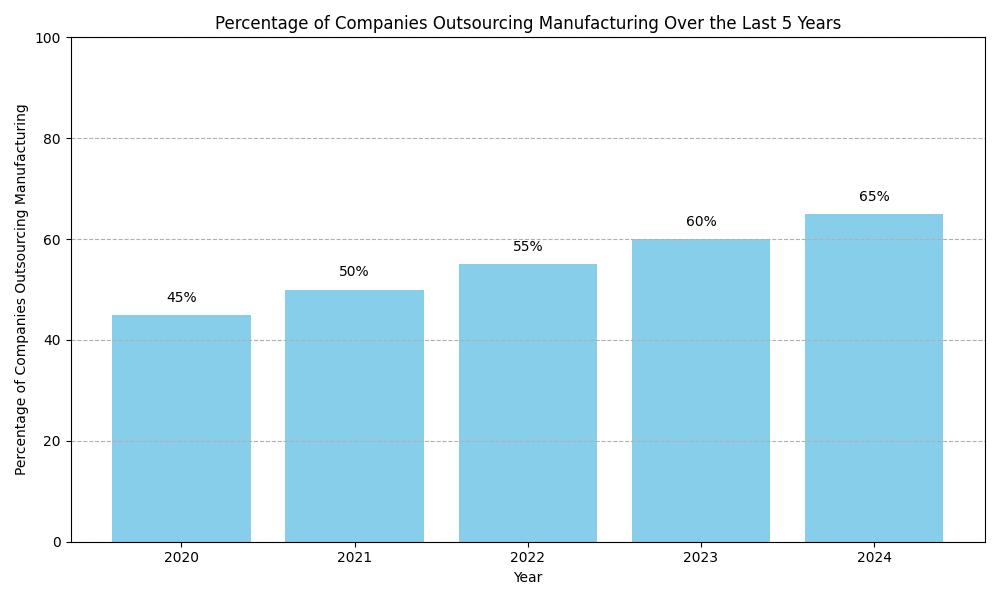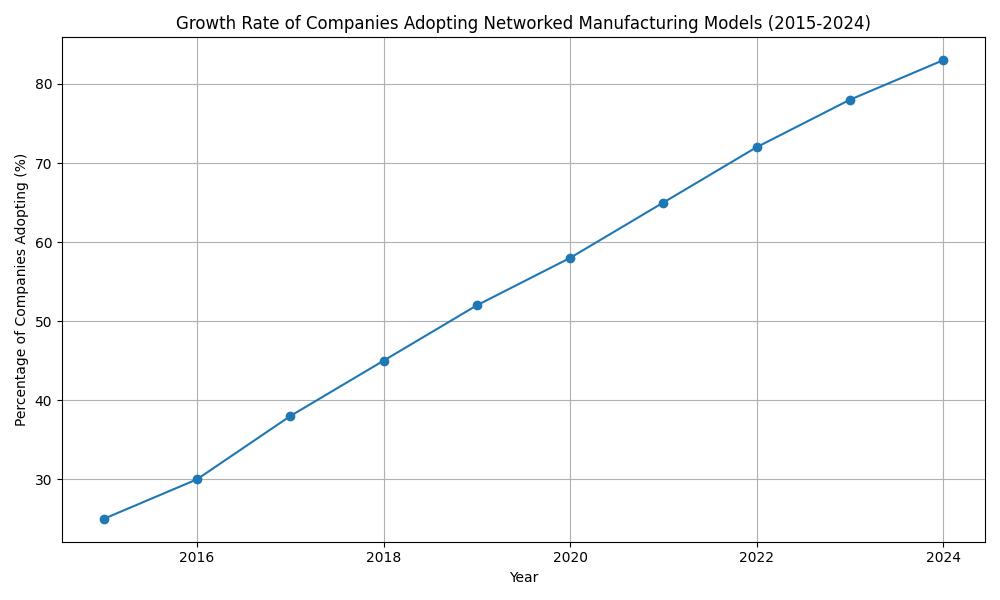It’s July 30, 2025, and the business world is buzzing with news that Starco Brands is looking to secure a co-manufacturer. For those of us tracking corporate strategy and manufacturing trends, this is more than just a headline; it’s a window into the intricate dance of supply chains.
Why is this significant? In today’s global market, a company’s ability to produce its goods efficiently and reliably is paramount. This often means relying on partners who specialize in manufacturing, especially for companies like Starco Brands, which operate in dynamic consumer markets.
Think about it: securing a co-manufacturer isn’t just about outsourcing production. It’s about forging a strategic alliance. It can mean access to specialized equipment, skilled labor, and economies of scale that might be difficult or costly to achieve in-house. For Starco Brands, this move could be about expanding capacity to meet growing demand, improving cost-efficiency, or even ensuring product quality through dedicated expertise.
This trend reflects a broader shift in manufacturing. Many companies are moving away from vertical integration – doing everything themselves – towards more networked, collaborative models. This allows them to be more agile, adapting quickly to market changes and focusing their internal resources on what they do best, like product development, marketing, and brand building.
For emerging markets and companies looking to scale, understanding these supply chain dynamics is crucial. A strong manufacturing partner can be the backbone that supports rapid growth. It impacts everything from the cost of goods sold to the speed at which new products can reach consumers.
When a company like Starco Brands makes a move like this, it’s often a signal. It suggests confidence in future demand and a proactive approach to managing its production capabilities. It’s the kind of strategic decision that can have a ripple effect, impacting not just the company itself but also its suppliers, distributors, and ultimately, consumers. As investors and observers, paying attention to these operational shifts can offer valuable insights into a company’s health and its potential trajectory.



